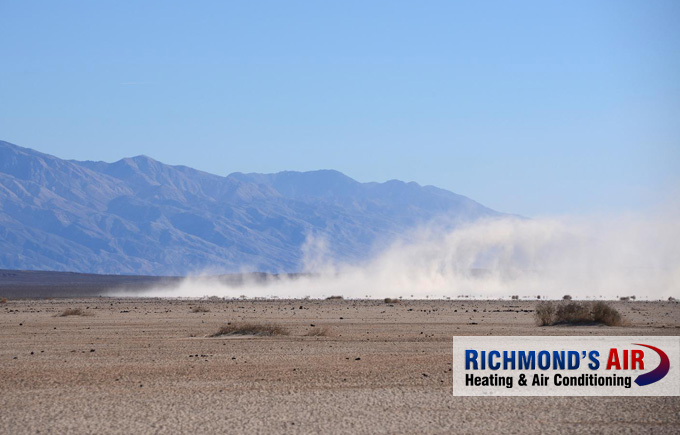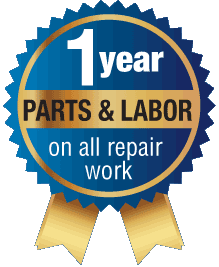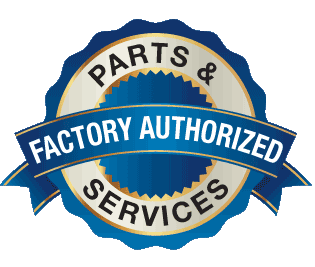Updated: February 12, 2025

Learn how e-cigarette emissions can wreak havoc on your home heating and air conditioning systems
Most people are aware that indoor smoking of any type can wreak havoc on their HVAC components. Cigarettes, pipes, cigars—they all contribute to poor indoor air quality and can have a negative effect on the lifespan of your furnace and air conditioner.
But did you know that vaping can also cause terrible indoor air quality and damage HVAC systems?
Read on to learn more about the effects of vaping indoors on both your health and your AC.
Is it safe to vape inside the house?
No, vaping inside the house is not entirely safe due to its impact on indoor air quality. A recent study found that vaping increases the levels of fine particulate matter (PM2.5) in the room where it occurs, which can be harmful when inhaled.
These fine particles have been linked to respiratory and cardiovascular issues, posing a risk to anyone exposed to them.
While the pollutants from vaping tend to stay more localized in the room of use, compared to hookah smoke that spreads into adjacent rooms, harmful aerosols are still released into the air. This means that anyone in the same room as the person vaping can be exposed to these toxic substances. Vulnerable individuals, such as children, the elderly, and those with pre-existing respiratory conditions, may be particularly at risk.
So, while vaping may have a lesser impact on indoor air quality than smoking or hookah, it still introduces pollutants that could affect the health of household members, making it advisable to avoid vaping indoors.
Annual Plume of Saharan Dust Puts Strain on Houstonians and HVACs
The annual Sahara dust plume is a natural phenomenon that’s been known to travel about 5,000 miles to Central Texas and wreak havoc on our HVAC systems.
Does vaping indoors damage your AC?
Yes, it can. In fact, as Richmond’s Air owner, James Richmond, explains:
“It’s terrible on equipment, but fortunately, from what I’ve seen, most people these days smoke and vape outside.”
Some people falsely believe that vaping leaves no residues behind, but that simply isn’t true. Vaping indoors does indeed leave behind a residue that collects on surfaces, windows, and all sorts of places you wouldn’t expect, including cooking utensils, computers, and other household items. The only way to vape and be certain you are not damaging indoor equipment is to vape outside.
So, how does HVAC damage occur with vaping?
Well, the condensation that’s released from a vape device is not pure water. It contains a variety of (harmful) chemicals that can stick to anything around it. The main ingredients in e-cigarette liquids are propylene glycol (PG) and vegetable glycerin (VG), and they affect the particles emitted from the device. That residue, once it settles, can attract dust, hair, and debris that can build up over time, causing issues with equipment.
So, yes, electronic cigarette vapor can potentially harm an air conditioning (AC) system, particularly if it’s regularly introduced into the environment where the AC circulates. Here are several reasons why this happens:
- Residue buildup. E-cigarette vapor contains various chemicals and particles that can leave a residue on AC components, such as coils and filters. This buildup can impair the system’s efficiency and lead to AC maintenance problems.
- Clogged filters. The vapor can cause air filters to clog more quickly than usual. Clogged filters restrict airflow and can put a strain on the system, increasing the risk of overheating and breakdown.
- Corrosion. Some chemicals in e-cigarette vapor can be corrosive. If these substances accumulate inside the AC unit, they may gradually corrode metal parts, resulting in costly repairs.
- Air quality. Although the AC may filter out some vapor, it won’t eliminate all harmful substances, potentially compromising indoor air quality. This can pose health risks for occupants.
To reduce these risks, it’s best to avoid using e-cigarettes in areas where the AC system operates or, at minimum, ensure that the unit has high-quality filters and is regularly maintained.
It is our recommendation at Richmond’s Air that if you must smoke or vape, do it outdoors. If you are vaping indoors, we recommend that you change any accessible filters more often than the every 2 to 3 months recommended for non-smoking and non-vaporing homes. Instead, changing HVAC filters every 4 to 6 weeks is suggested.
Trust Houston’s Richmond’s Air to help keep your indoor air healthy
If you live in Houston and your HVAC system isn’t running the way it should, you can count on the expert HVAC technicians at Richmond’s Air to help restore your system to peak performance. With more than 20 years of experience serving the Houston area, our technicians are equipped to handle any HVAC issues caused by vaping or other indoor pollutants.
Whether it’s routine maintenance, cleaning, or a full repair or replacement, we’ll ensure that your HVAC system is functioning efficiently and keeping your indoor air quality as healthy as possible.
 Read reviews
Read reviews









